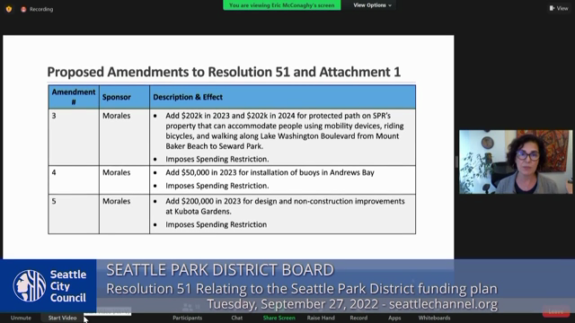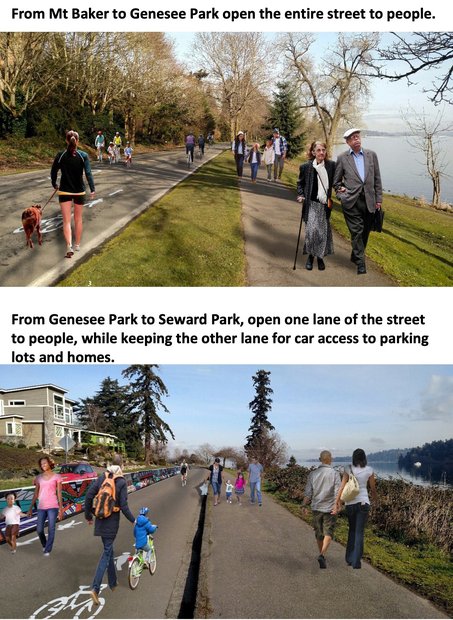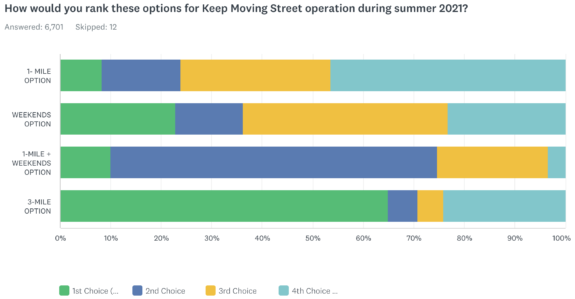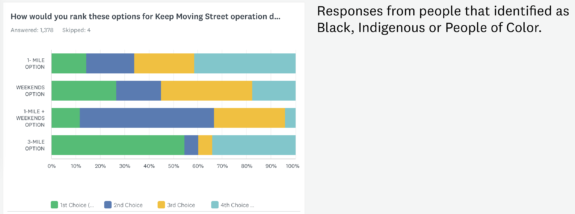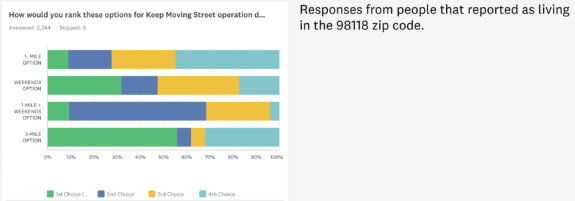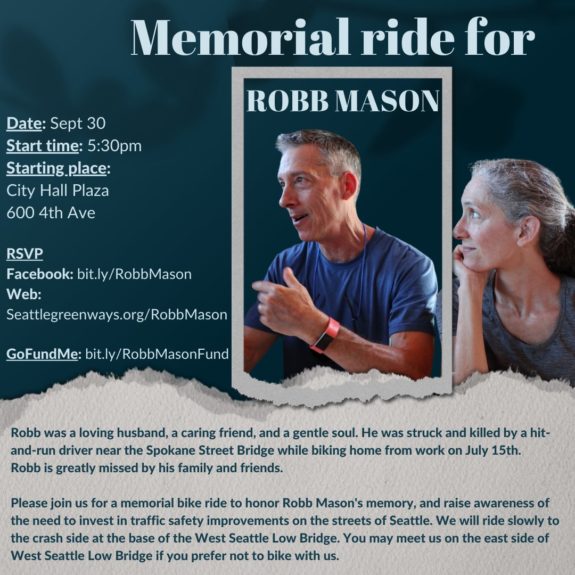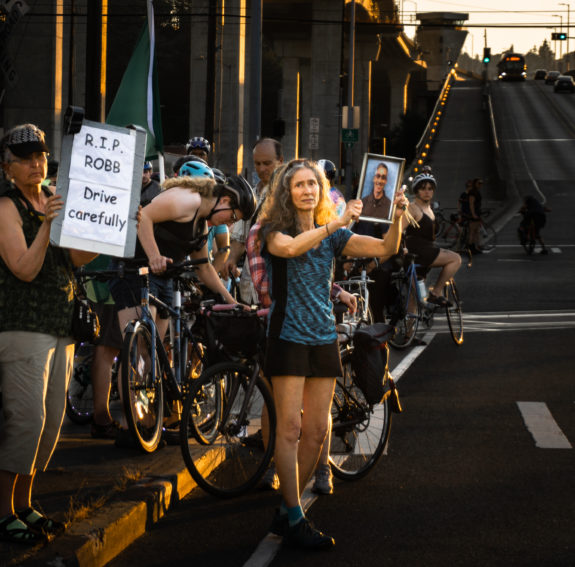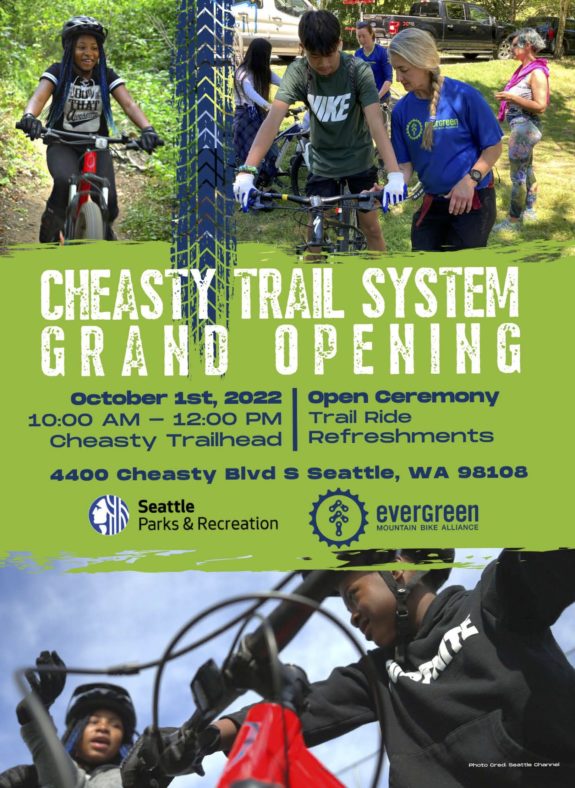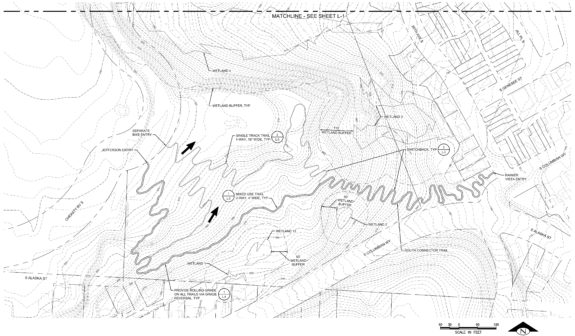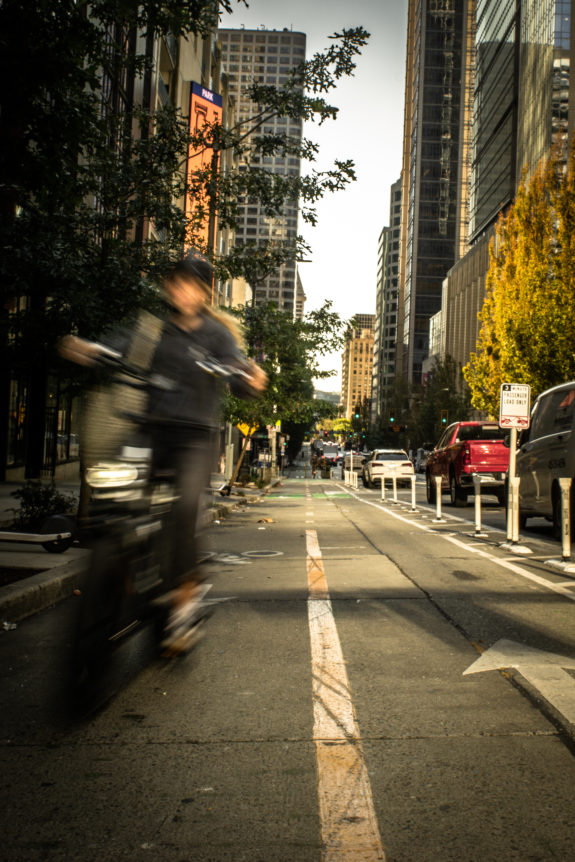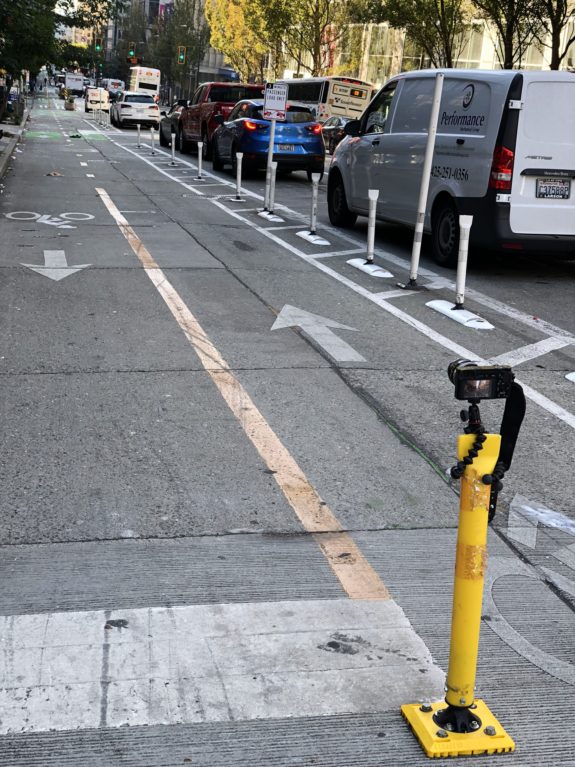The Seattle Parks Department has decided to go back to the lakeside path’s pre-pandemic rules, which allowed people on “wheels” to travel counterclockwise on the path.
The decision, approved by the Board of Park Commissioners, follows a series of public meetings discussing whether 2020-era rule changes on the path should continue. The impetus for the change was that, at the time, we did not know whether people using a crowded outdoor trail would spread COVID-19. So the rule was in place to help people spread out on the often-crowded path. However, the rule has remained in place even after outdoor recreation settings like the Green Lake path were generally deemed low risk for transmission, especially compared to indoor spaces.
The ban was initially put in place with little public input, which made sense at the time. But it was not revisited until this year.
“I was skeptical of this ban in October and I’m still skeptical now because it sets a really bad precedent,” Board of Parks Commissioner Marlon Herrera said, according The Seattle Times. “As our city grows, will we have a wheel ban at Alki, at Seward Park and at the Burke-Gilman by Gasworks? From a safety standpoint I’d like to see the data before we make a decision that large.”
We argued that wheeled users should be allowed as before, especially since the under-construction outer loop bike path could relieve some of the longstanding pressure on the inner path. Anyone trying to bike fast will likely have a much better time of it on the outer path, which also better connects to other streets and bike routes. If conflicts remain an issue, then it could be worth exploring rule changes again in the future.
More details from Seattle Parks:
Green Lake Park’s Inner Loop path has been a valued recreational amenity for decades. Prior to 2020, the path was shared among pedestrians and wheeled users. During the COVID-19 pandemic, Seattle Parks and Recreation limited use to only pedestrians, strollers, and uses protected under the ADA. On September 22nd SPR recommended, and the Board of Parks and Recreation Commissioners agreed, to return to the historic use guidelines for the Inner Loop, once more allowing wheeled users.
SPR is currently working on an implementation plan to return to shared use of the path no later than November 1, 2022. The BPRC urged a thoughtful return to these guidelines to reduce confusion and conflicts. The plan will look at signs, pavement markings, outreach, and education and ensure that when the regulations are implemented certain key elements will be in place.
SPR appreciates the hundreds of comments we have received about the Inner Loop’s use guidelines. The experiences shared provide valuable information and perspective to help ensure this shared use path is safe and enjoyable. If you have ideas about ways to make the Green Lake Inner Loop work well for all users, please send them to [email protected] by October 10th. An implementation plan will be presented to the Board of Parks and Recreation Commissioners on October 13, 2022.

